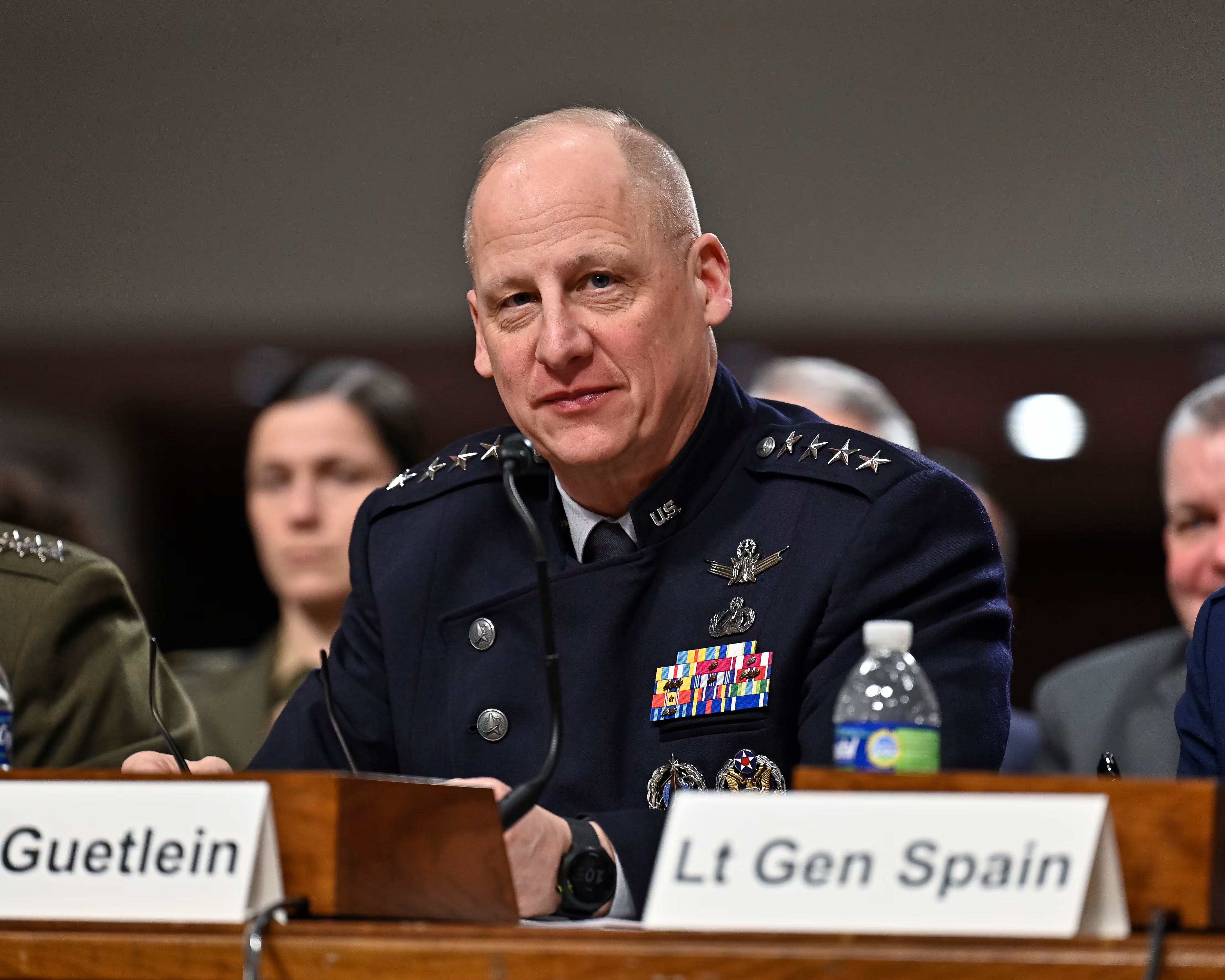Airmen of Air Force Global Strike Command launched an unarmed Minuteman 3 intercontinental ballistic missile equipped with a test re-entry vehicle from Vandenberg Space Force Base, California, at 12:53 Pacific Time Wenesday morning, the Air Force said in a release.
While stripped of its nuclear payload for the launch, the ICBM contained conventional explosives aboard a Hi-Fidelity Joint Test Assembly re-entry vehicle, which successfully detonated above the water’s surface near Kwajalein Atoll, Marshall Islands, some 4,200 miles from the launch site.
“Today’s test launch is just one example of how our nation’s ICBM fleet demonstrates operational readiness and reliability of the weapon system. It also allows us to showcase the amazing level of competence and capability of our Airmen,” Col. Omar Colbert, Commander of the 576th Flight Test Squadron, said.
Defense officials were careful to stress that the test was routine, taking months to plan rather than a response to tensions in the region or around the world. Overall, officials said the Air Force periodically tests the Minuteman 3 to demonstrate the weapons system’s capability and gather data. The Defense Department, Energy Department, and US Strategic Air Command use the data collected to further force development.
“Test launches are not a response or reaction to world events or regional tensions,” said Lt. Col. Aaron Boudreau, Task Force commander said. “The launch calendars are built five years in advance, and planning for each individual launch begins six months to a year prior to launch.”
Conducting the launch were airmen from the 341st Missile Wing at Malmstrom AFB, 90th Missile Wing at F.E. Warren Air Force Base, and 91st Missile Wing at Minot. These airmen fall under Air Force Global Strike Command, headquartered at Barksdale Air Force Base, Shreveport, Louisiana. AFGSC is not only responsible for the nation’s ICBM fleet but also its strategic bomber fleet of B-52, B-1, and B-2 wings, effectively housing two of the three nuclear triad’s “legs.”
“The U.S. nuclear enterprise is the cornerstone of the security structure of the free world,” Colbert said in the release.
According to the Air Force Nuclear Weapons Center, the first iteration of the Minuteman ICBM became operational in the early 1960s. Since then, it has gone through a series of improvements leading to the Minuteman 3 becoming active in the early 1970s.
Despite nearly 60 years of reliable service, the Minuteman series of ICBMs is slated for replacement beginning in 2029, when the Air Force expects an “initial capability” of its replacement, the Ground-Based Strategic Deterrent, to be online.
Until then, the Air Force states it is committed to ensuring that the Minuteman 3 remains a viable deterrent, which is due primarily to the commitment and competence of the Airmen who operate and maintain the weapons platform.
“We’re honored to conduct this mission in conjunction with the 576th Flight Test Squadron and extremely proud to represent the numerous men and women that support the nuclear deterrence mission,” Boudreau said.
James R. Webb is a rapid response reporter for Military Times. He served as a US Marine infantryman in Iraq. Additionally, he has worked as a Legislative Assistant in the US Senate and as an embedded photographer in Afghanistan.








